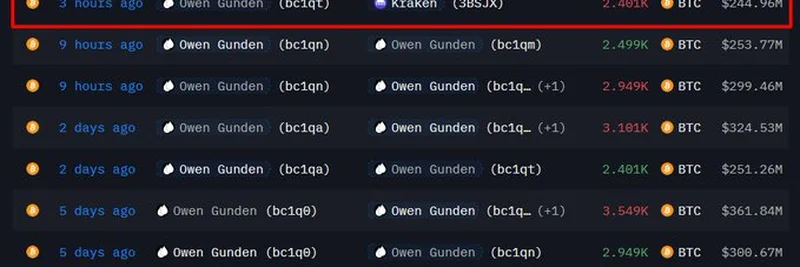BSCNews recently sparked excitement in the crypto community with a tweet highlighting what could be one of the most pivotal proposals for Uniswap's UNI token. The post teases "$UNI BURNS INCOMING?!" and links to an in-depth article on the UNIfication governance upgrade. For those in the meme token space, Uniswap is a go-to decentralized exchange (DEX) where countless memes launch and trade, so changes like this could ripple through the ecosystem. Let's break it down in simple terms.
What Is the UNIfication Proposal?
Uniswap, the leading DEX on Ethereum, has put forward a major overhaul called UNIfication. This isn't just a tweak—it's a full rethink of how value flows in the protocol. At its core, the proposal activates something called the "fee switch," which has been dormant since Uniswap's early days. Until now, all swap fees went straight to liquidity providers (LPs)—the folks who supply the tokens for trading pools. With this upgrade, a portion of those fees will go back to the protocol itself.
Think of it like this: When you trade a meme token on Uniswap, you pay a small fee (usually 0.3%). Soon, part of that could fund the ecosystem, including burning UNI tokens to reduce supply and potentially boost their value. The proposal also merges Uniswap Labs (the development team) and the Uniswap Foundation (focused on governance and grants) into one entity for better coordination.
Breaking Down the Key Changes
Here's a closer look at the main elements, explained without the jargon overload:
Protocol Fee Activation: Starting small, this will roll out on Uniswap v2 and key v3 pools. For v2, LP fees drop slightly to 0.25%, with 0.05% going to the protocol. On v3, it's a fraction of the LP fees—adjustable by governance votes. This means meme token traders might see minor fee shifts, but the big win is sustainability for the platform.
UNI Token Burn Mechanism: This is the exciting part for holders. Fees collected—from swaps, Unichain (Uniswap's Layer 2 network), and new features like Protocol Fee Discount Auctions (PFDA)—will flow into a system that burns UNI. Burning means permanently removing tokens from circulation, which could make UNI scarcer and more valuable as trading volume grows. Plus, there's a one-time retroactive burn of 100 million UNI (about 16% of circulating supply) to account for "missed" revenue since 2020.
Unichain Integration: Unichain, handling billions in volume, will send its sequencer fees (after costs) directly to the burn pot. If you're trading memes on faster, cheaper Layer 2s, this ties your activity to UNI's deflationary pressure.
PFDA and Aggregator Hooks: PFDA auctions off short fee-free trading slots, with bids burned as UNI—helping LPs earn more. Aggregator hooks in v4 pools pull liquidity from other DeFi protocols, making Uniswap an all-in-one aggregator while burning more UNI from small fees.
Organizational Shake-Up: The merger creates a unified team with a new board, including founder Hayden Adams. They'll allocate 20 million UNI yearly for growth incentives, like tools for LPs and integrations that could make launching meme tokens easier.
Lock the Socks: A fun nod to Unisocks (an early NFT experiment), migrating its liquidity to Unichain and burning the position to lock supply.
All this is handled through transparent smart contracts: TokenJar collects fees, and Firepit burns them when withdrawn.
Why This Matters for Meme Token Enthusiasts
Meme tokens thrive on hype, liquidity, and low barriers to entry—Uniswap delivers all that. With UNIfication, higher usage (like during a meme coin frenzy) directly burns more UNI, creating a flywheel effect. For traders, fee changes might slightly increase costs in some pools, but improved LP returns could mean deeper liquidity for your favorite cat or dog tokens.
This proposal positions Uniswap as a self-sustaining powerhouse, rivaling centralized exchanges. In the broader DeFi landscape, it aligns incentives: more trades mean more burns, benefiting holders without stifling growth. If approved, it could set a precedent for other DEXs, influencing how meme projects structure their tokens.
The Road to Approval
Governance follows a three-step process: community discussion, a Snapshot vote for sentiment, and an on-chain vote needing quorum and majority. It could take about three weeks, with potential tweaks based on feedback. If it passes, rollout starts with core pools and expands.
For the full details, check out the original article on BSC News or the tweet from BSCNews. As meme insiders, keep an eye on how this evolves—it could supercharge the next wave of viral tokens. What do you think: Bullish on UNI?

